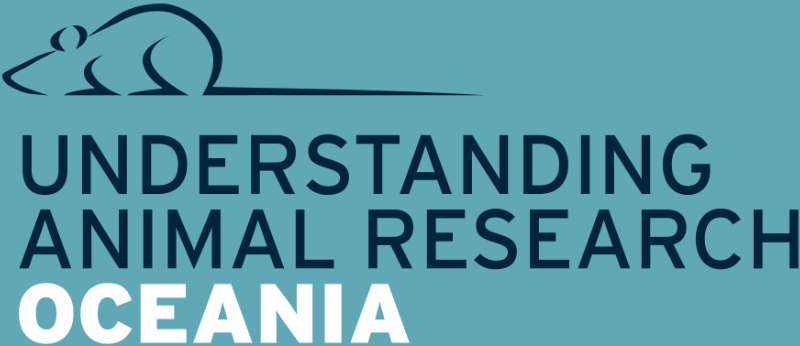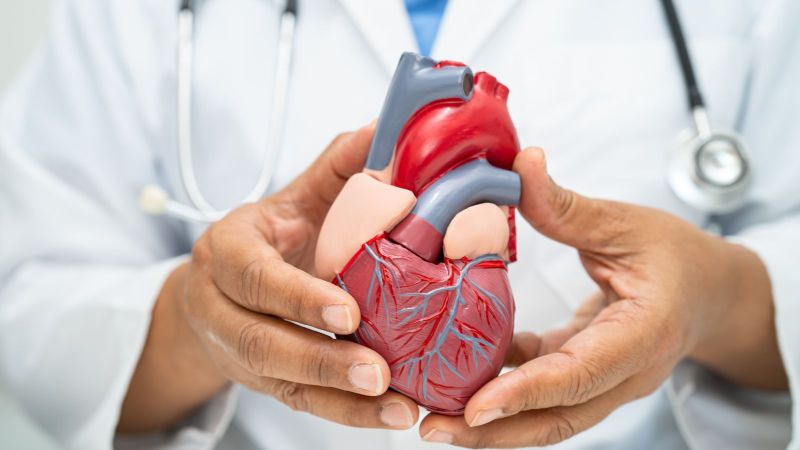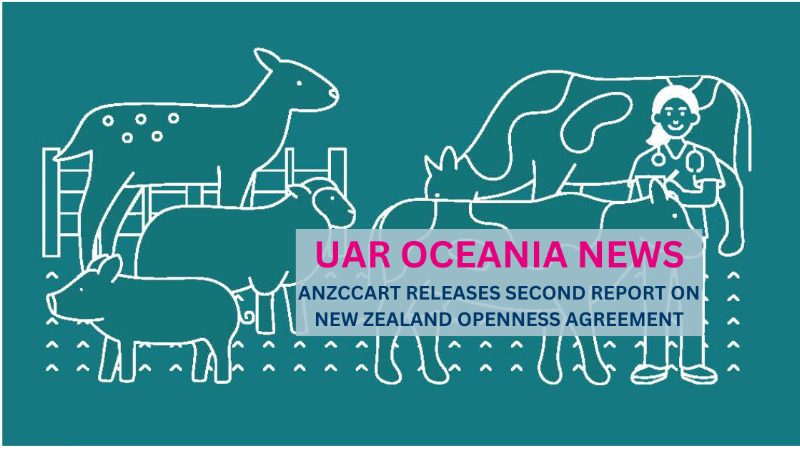The Nobel Prize-winning discovery of insulin in 1920-21 at the University of Toronto is one of the most spectacular examples of the contribution of animal research to medical progress. Many millions of people with diabetes are alive and well as a result - as are many diabetic dogs.
Surgeon Frederick Banting and graduate student Charles Best found that injections of pancreatic cell extracts relieved diabetic symptoms in dogs. The extracts contained insulin, which was then purified using a technique developed in rabbits.
It had already been established that diabetes disrupted the body's ability to metabolise or utilise food, especially carbohydrates, and that experimental animals died if their pancreases were removed. The pancreas was known to hold the key to carbohydrate metabolism which led to speculation that it must produce another metabolism-promoting substance. Banting, Best and their colleagues John Macleod and James Collip established that this substance was insulin.
Diabetes is a relatively common condition which occurs because some people do not make, or cannot respond to, the natural hormone insulin, which regulates the body's use of glucose. It can lead to serious conditions such as stroke, circulation problems, and damage to the kidneys and eyes. Diabetes UK estimates that nearly three million British people know they have the condition, while another half a million are unaware of it.
Developing new treatments
Insulin is normally produced by islet or beta cells in the pancreas. As with any long-term condition, the ultimate goal for researchers is a cure. In type 1 diabetes, islet transplantation is one way to achieve this. Successfully carried out in rats, dogs, monkeys and humans, this treatment requires the patient to take immunosuppressants to prevent rejection. Stem cell research on mice is investigating ways to use the body's own cells and so reduce the chances of rejection.
Gene therapy may be a way to tackle type 2 diabetes, which tends to hit older, overweight people. Using rats and dogs, researchers found a chemical which blocks the breakdown of proteins needed to make insulin. The chemical is now entering clinical trials.
Another gene therapy approach involves using a genetically engineered virus to change the DNA in intestinal cells so they become insulin-producing cells.
Insulin delivery
Researchers are also looking at new ways of administering insulin, to avoid injections. Insulin pumps slowly infuse insulin into the body and are good for patients who have trouble controlling their glucose levels. The small pumping device, worn outside the body was 'invented' at Guy's Hospital in London and was based on the miniature infusion pump developed for infusing parathyroid hormone into dogs and other animals.
An insulin patch placed on the skin will give a continuous low dose of insulin. Reduced and stabilised blood sugar levels were observed in diabetic rats for several days following the application of a single patch. To adjust insulin doses before meals, it is envisaged that users will pull off a tab on the patch to release insulin.
Inhaled insulin delivery systems give insulin as a dry powder, inhaled through the mouth directly into the lungs where it passes into the bloodstream. Extensive testing in dogs helped establish the relationship between the amounts of insulin inhaled and circulating in the bloodstream. Successful human trials have followed.
Professor Joan Taylor from De Montfort University (DMU) is developing a device which would be implanted into the body between the lowest rib and the hip and would be topped up with insulin every few weeks.
The artificial pancreas is currently undergoing pre-clinical trials and is made of a metal casing containing a supply of insulin which is kept in place by a gel. When glucose levels in the body rise, the gel barrier starts to liquefy and lets insulin out. The insulin then feeds into the veins around the gut and then into the vein to the liver, mimicking the normal process for a person with a healthy pancreas.
As the insulin lowers the glucose level in the body, the gel reacts by hardening again and stopping the supply.




